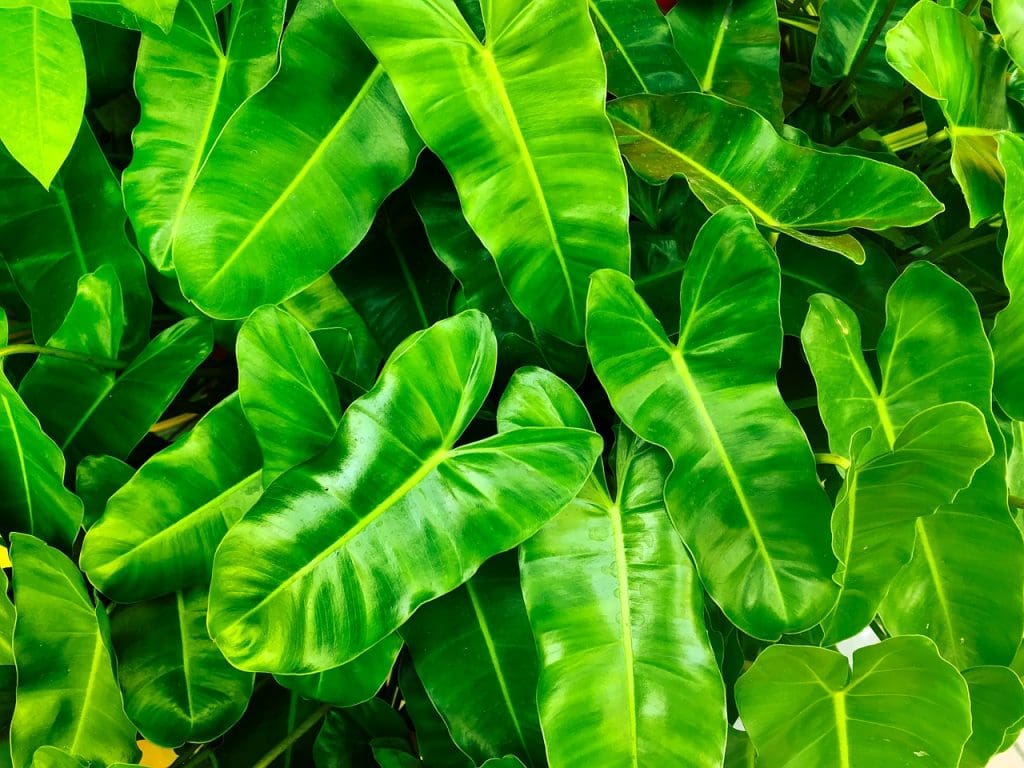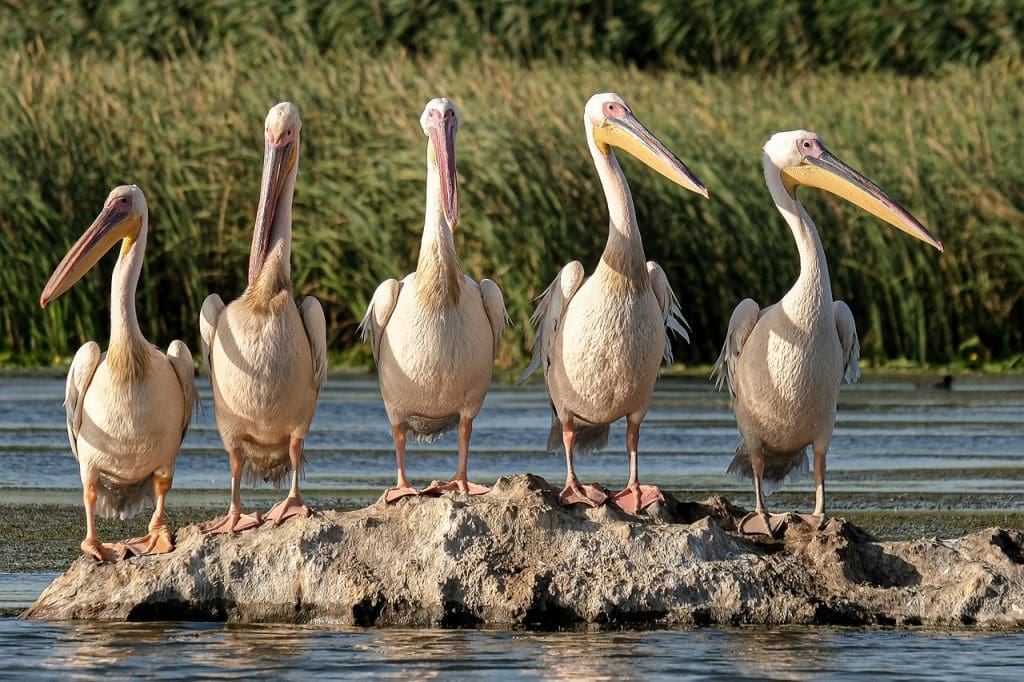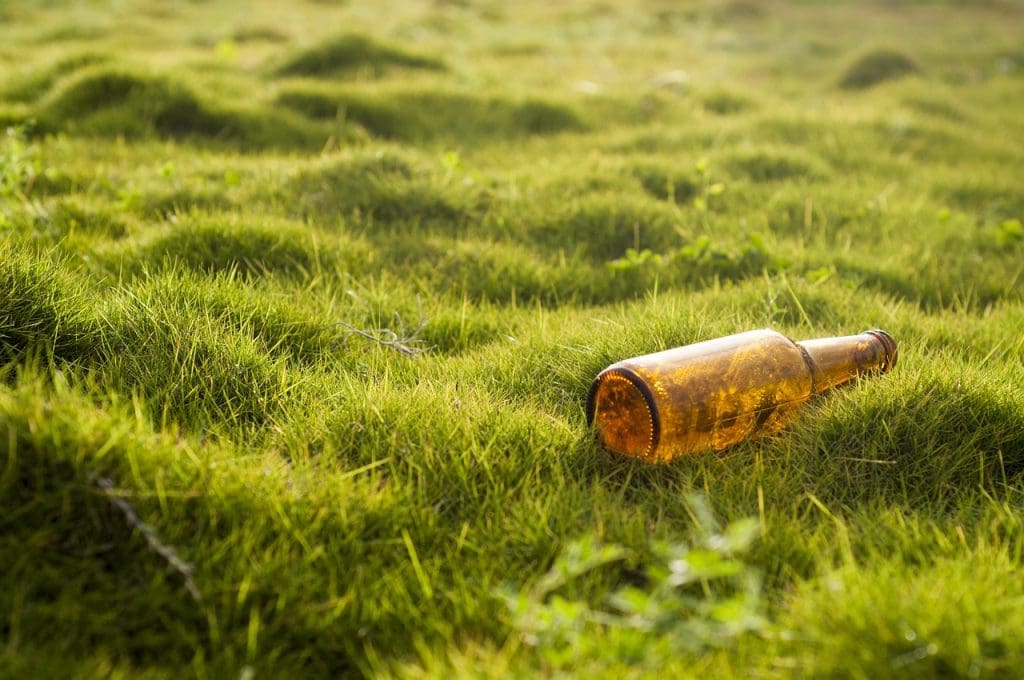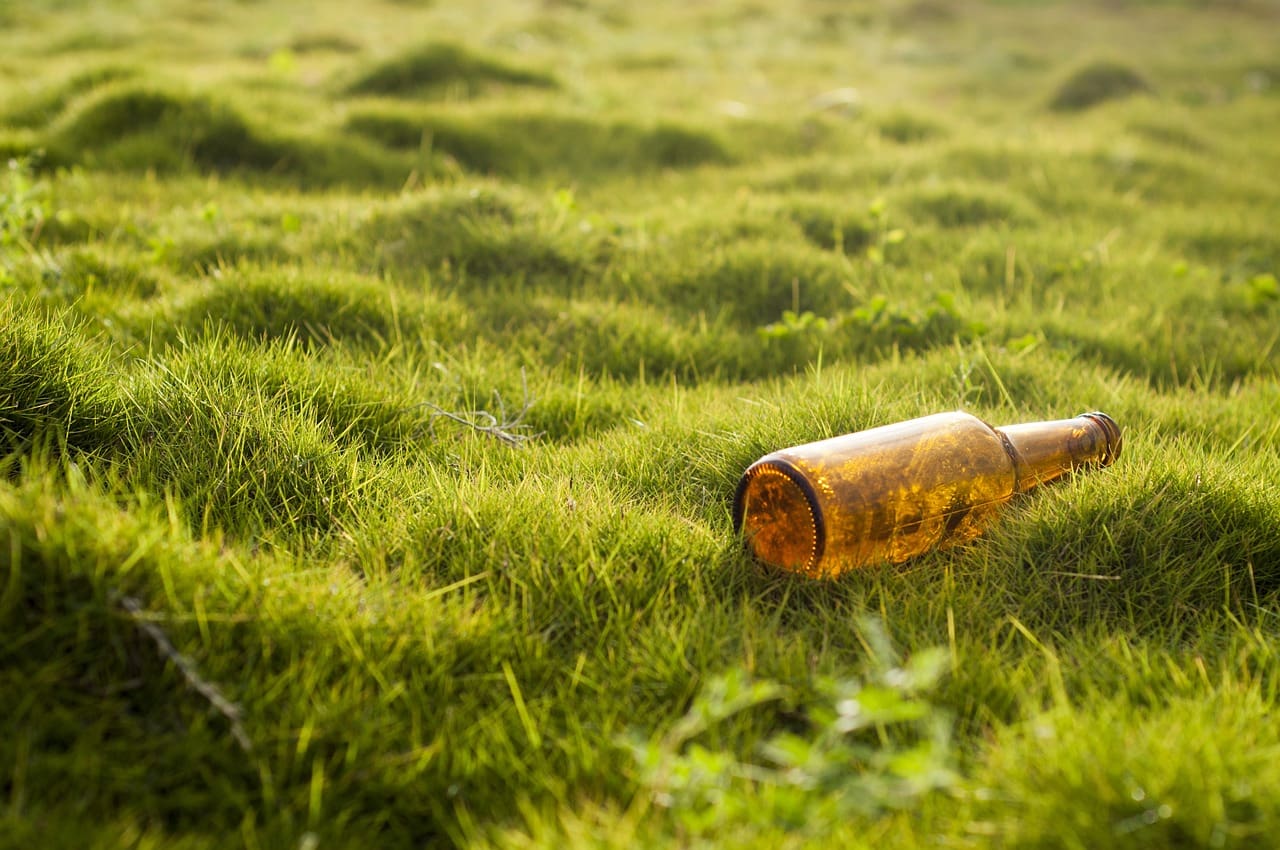Involving your community in alligator weed removal efforts can be both rewarding and highly effective. By tapping into local resources, fostering a sense of communal responsibility, and organizing engaging activities, you can create an enthusiastic team ready to tackle this invasive species together. From educational workshops to hands-on clean-up events, discover the best ways to unite your neighbors in a shared mission for a healthier environment. Have you ever looked out at your local water bodies and noticed a stubborn, fast-spreading plant choking out other vegetation and taking over the habitat? If so, you might be staring at an invasion of alligator weed. This article will explore the Best Ways To Involve Your Community In Alligator Weed Removal Efforts. Tackling this issue can seem daunting alone, but involving your community can make it not only more manageable but also more effective and even enjoyable!
Understanding Alligator Weed
What is Alligator Weed?
Alligator weed (Alternanthera philoxeroides) is an invasive species originally from South America. It thrives in both aquatic and terrestrial environments, often characterized by dense mats of vegetation that disrupt water flow and outcompete native plants.
Why is Alligator Weed a Problem?
Alligator weed grows rapidly and can severely impact your local ecosystem. It reduces biodiversity, alters natural water flow, provides breeding grounds for mosquitoes, and even affects recreational water activities.
Benefits of Community Involvement
Strength in Numbers
When you involve your community in the eradication of alligator weed, you multiply your workforce, thus accelerating the removal process. More hands mean less work for everyone involved.
Education and Awareness
Engaging your community raises awareness about the issues caused by alligator weed and educates people on how to identify and manage it. This shared knowledge can help prevent future infestations.
Community Bonding
Working together on a common goal fosters a sense of community. It allows people to connect over a shared purpose, strengthening relationships and fostering a sense of belonging.

Getting Started
Identify Stakeholders
Start by identifying key stakeholders who would be interested in participating. This can include:
| Stakeholder | Role |
|---|---|
| Local Government (Environmental Agencies) | Provide resources, permits, and official support |
| Schools and Universities | Volunteer groups, educational activities |
| Local Businesses | Sponsor events, provide supplies |
| Environmental NGOs | Expertise, additional volunteers |
| General Public | Volunteer labor, word-of-mouth promotion |
Create a Core Group
Form a core group of dedicated individuals who can help plan and execute events. This group can act as the backbone, ensuring things run smoothly.
Develop a Plan
A well-structured plan is crucial for success. Your plan should include:
- Objectives: What are your short-term and long-term goals?
- Resources: What tools and supplies are needed?
- Timeline: When will the activities take place?
- Roles and Responsibilities: Who will be responsible for what?
- Monitoring and Evaluation: How will you measure success?
Effective Communication
Social Media
Use platforms like Facebook, Instagram, and Twitter to spread the word about your initiatives. Create event pages and use hashtags to reach a broader audience.
Community Newsletters
Leverage local newsletters and bulletins to inform residents about upcoming activities and the importance of alligator weed removal.
Public Meetings
Hold community meetings to discuss the issue, outline your plan, and encourage people to get involved. Public forums give a platform for questions and ideas.

Organizing Removal Events
Choose the Right Time
Select a time of the year when the water levels are low, usually late summer or early fall. This makes access to the weed easier and safer.
Tools and Equipment
Ensure you have the right tools for the job, which may include:
| Tool | Use |
|---|---|
| Gloves | Protect your hands |
| Rakes and Hoes | Remove surface weeds |
| Boats and Canoes | Access hard-to-reach areas |
| Buckets | Transport removed weeds |
| Trash Bags | Dispose of weeds properly |
| Waders | Provide protection in wet areas |
Safety Measures
Always prioritize safety. Equip volunteers with life vests if they are working in water and ensure that everyone is well-hydrated.
Provide Training
Offer training sessions before each event to teach volunteers how to identify and properly remove alligator weed without spreading it further.
Follow-Up Actions
Proper Disposal
Improper disposal can lead to re-infestation. Ensure that removed weeds are placed in sealed bags and disposed of as per local guidelines.
Restoration of Native Plants
Once the alligator weed is removed, plant native species to restore the ecosystem. This will also help in preventing the return of invasive species.
Monitoring and Maintenance
Regularly monitor the area for any signs of regrowth. Schedule periodic maintenance activities involving the community to keep the area clear.

Appreciating Volunteers
Recognition Programs
Implement a recognition program to thank volunteers. Certificates, public acknowledgment, and small rewards can go a long way in showing appreciation.
Social Gatherings
Host social events such as picnics or barbecues to celebrate your collective efforts and accomplishments. It also serves as an opportunity to strengthen community bonds.
Volunteer Spotlights
Feature dedicated volunteers in your newsletters or on social media. Highlighting individuals can motivate others to participate.
Long-Term Strategies
Establish a Task Force
Create a permanent task force within your community to address ongoing and future alligator weed issues. This task force can provide a structured approach to continuous management.
Educational Campaigns
Launch ongoing educational campaigns to inform the public about alligator weed and other invasive species. Knowledge is the first line of defense against future invasions.
Collaborations and Partnerships
Form alliances with other communities and organizations facing similar issues. Sharing knowledge and resources can enhance your efforts.
Seeking Funding
Look for grants and funding opportunities that support conservation and invasive species management. This additional funding can help provide the necessary tools and resources for larger-scale operations.

Closing Thoughts
Involving your community in alligator weed removal efforts not only makes the task more manageable but also brings a host of additional benefits such as education, awareness, and stronger community ties. By taking a structured and well-planned approach, you can achieve sustainable, long-term success in keeping your local environment healthy and free from invasive species. Let’s come together for a greener, cleaner future!
